If you haven’t had mezcal yet, that is what Mexicans and mezcal enthusiasts will tell you. “If you haven’t tried mezcal, you haven’t lived”. I can’t be objective here. I totally agree with them. Mezcal is a delicious beverage. Once my palate tried its smoked notes, it got in love with them. For me, there’s no way back! I want mezcal in my life.
Mezcal is a Mexican agave spirit that has existed for centuries but now has become more popular. There’s no doubt, agave is a very generous plant. It is the source of really delicious alcoholic beverages that are icons of Mexican culture. Tequila (What is tequila?) is very well known around the world and mezcal has arguments enough to convince and get your palate and heart!
Let’s explore the origin, features, and more aspects that can make you crave a delicious mezcal.
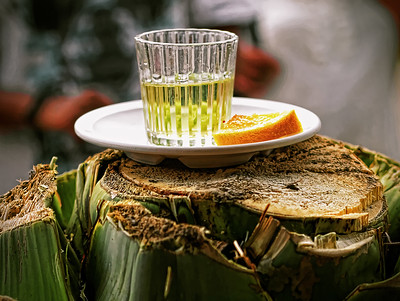
What is Mexican mezcal?
Mexican mezcal is a popular spirit distilled from agave. It is a beverage with a specific smell and flavor, colorless or slightly yellowish when it’s rested, aged, or when it’s abocado.
Abocado refers to the addition of one or more natural products, flavorings, or colorings allowed in the corresponding legal provisions to soften its flavor, without resting it or aging it.
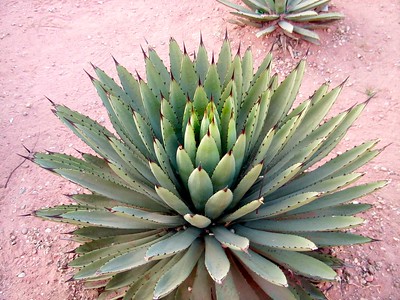
How does mezcal is produced?
There are different ways to produced mezcal. Talking about the traditional (artisanal) process, in general terms, it involves rough and roasting the agave leaves. Once the heads or pineapples (pencas) are cleaned, they get grinded.
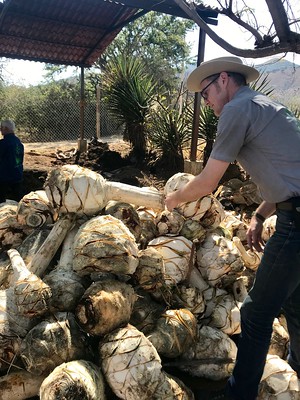
Agave hearts get cooked in pits in the ground then grinded to extract their juice. Then the liquid goes to fermentation and gets distilled twice in copper stills* or clay pots.
* An alchemical still or alembic is made of two vessels connected by a tube. It’s used for liquid distillation.
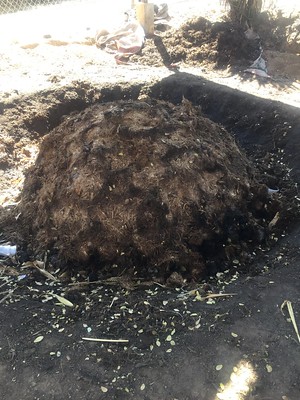
Tequila is produced in a similar way, see the difference here.
Is mezcal Mexican? - Mezcal origin
Yes, mezcal is an ancient Mexican spirit. According to some studies carried out by anthropologists from UNAM (Universidad Nacional Autónoma de México), this agave beverage was distilled by Mexicans in clay pots since 400 BC.
Later, the Spanish conquerors brought with them the distillation process (16th century). They realized Mexicans produced alcoholic beverages from agave and try it, but using their distillation process. If you consider the wide meaning of mezcal, every spirit distilled from agave, then the first mezcal got produced.
| Follow PackAndGo.info at: | |
| YouTube | @packandgo. |
| @packandgo.info | |
| X | @packandgoinfo |
| Bluesky | @packandgo.bsky.social |
| @packandgo.info | |
| TikTok | @packandgo.info |
The homemade production of mezcal is ancient in Mexico, but it became more important until the Mexican Revolution (1910-1920). However, its growth was very slow. As an industry, it started in the 18th century, when the distillation process got well known and popular in Mexico. The production of mezcal in an artisanal way was illegal, so everything was made clandestinely. The creation of the official Mexican standard and the appellation of origin (1994) were important steps to safely promote mezcal nationally and internationally.
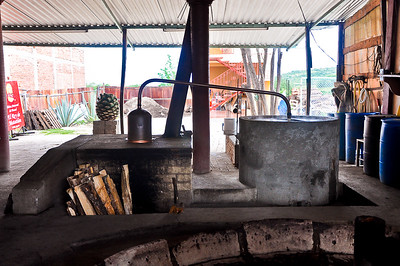
Learn more interesting facts about mezcal here!
You can also check FAQ about tequila.
Are there different types of mezcal in Mexico?
Yes, there are different types of mezcal in Mexico. Types are defined by factors like the specific variety of agave used for its production, its aging time, production process, and what the Mexican Official Standard (NOM) says.
Based on the chosen agave to produce mezcal, the taste and smell you get. Tobalá, espadín and madrecuixe are three popular agave varieties used to produce mezcal.
Considering the aging process, there are three types of mezcal: young, aged, and extra-aged.
- Young mezcal is obtained directly from the distillation process. It’s light yellow color.
- Aged mezcal is stored in white oak or common oak barrels for at least two months. As a result, it gets a golden yellow color.
- Extra-aged mezcal has a maturation process of a year as a minimum. It gets an ocher brown color.
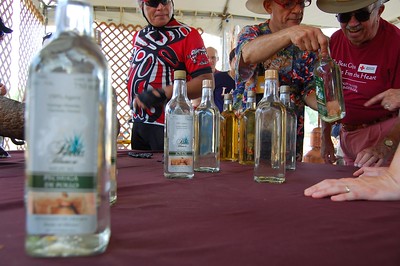
Based on its production process there’s minero (traditional), pechuga (breast), and abocado.
- Minero is the traditional mezcal. Its production follows an artisanal process that doesn’t involve electronic devices.
- Pechuga (breast) is produced following an ancient recipe from the Mexican state of Oaxaca. It involves a third distillation process in which a chicken, turkey, or rabbit breast is used to add smoky notes. The breast is hung inside the copper still so that the distillation steam comes into contact with it. That hot steam cooks the breast until it disintegrates. There are many recipes. Before the third distillation, other ingredients such as mole, tamarind, lemon, almond, walnut, guava, and more can be added.
- Abocado. It’s a type of mezcal that gets softened through the addition of natural ingredients like seeds, flowers, or maguey worms. Yes, the popular mezcal worms!
The Mexican Official Standard, NOM, establishes two mezcal types, pure and not pure. In the pure mezcal, 100% of the carbohydrates come from agave distillate. Not pure mezcal contains 80% agave carbohydrates and 20% carbohydrates from other substances allowed by the same organization.
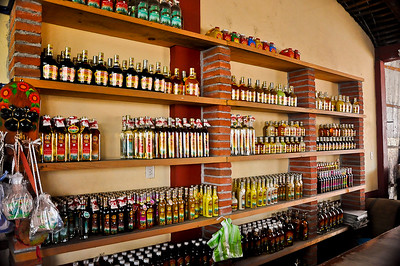
What does mezcal taste like?
Mezcal tastes like heaven! Ok, let’s answer objectively. Mezcal taste varies based on the agave that is used to produce the mezcal, its production process, and its aging time.
Mezcal’s most famous signature is its smoky taste. Those notes and their depth are the results of the way the agave is cooked (in pits in the ground). And smokiness can be emphasized through processes like the third distillation pechuga (breast) type adds to the mezcal production.
But mezcal flavor is not only smoky. It feels smooth and It can be earthy, sweet, fruity, or floral too.
Its flavor is smooth, finely oiled this combines with a specific and very pleasant aroma. In its aromas, very nice ingredients can be also present. Cocoa, light smoke, orange blossom, ripe fruit, etc.
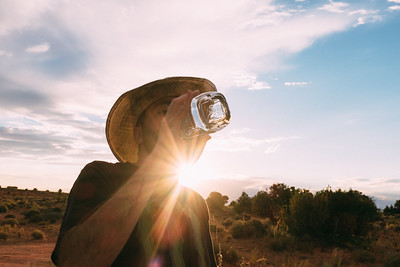
What is the best way to drink mezcal? - How to drink mezcal in Mexico?
Mezcal flavor is a combination of nice elements. The objective is to give time to your mouth and palate to enjoy every one of its notes. Based on this, what Mexican bartenders recommend to drink mezcal is to slowly kiss it. Meaning you should drink it in small sips. That's considered the best way to drink it. Besides you can accompany it with some sips of water just to hydrate and clean your palate, for it to be ready to completely enjoy the next sip of mezcal, together with all its rich and tasty notes and aromas.
If you are into cocktails, these are the 5 best mezcal cocktails you can get.
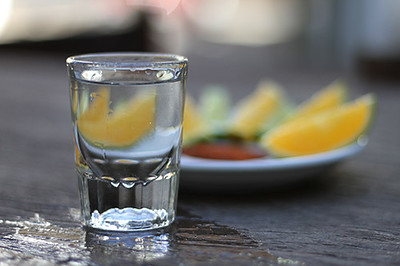
Does mezcal go with chocolate?
Yes, mezcal goes with chocolate and life! Ok, again let’s answer objectively. Mezcal indeed combines well with chocolate. Experts on food pairing strongly recommend drinking mezcal while enjoying small pieces of chocolate, like truffles, tamarind, and sweets, like mazapán. They assure this combination produces tasty explosions in your palate. Just do it in proper order. First a sip of mezcal, after the chocolate or sweet.
You can also add a bit of mezcal to a cup of hot chocolate. This is a warm choice for Winter.
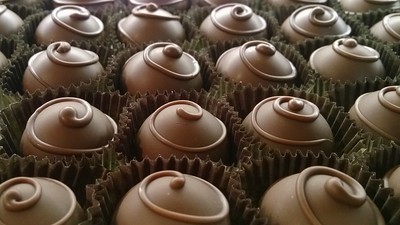
Conclusion
Mezcal offers to your palate a very sexy taste and experience. Mezcal is a tradition, a delicious sip of Mexico, variety of tastes and aromas. Mezcal is a temptation we recommend you not to resist. Remember, if you haven't had mezcal, you haven't lived!
Share your experience with us:
| Follow PackAndGo.info at: | |
| YouTube | @packandgo. |
| @packandgo.info | |
| X | @packandgoinfo |
| Bluesky | @packandgo.bsky.social |
| @packandgo.info | |
| TikTok | @packandgo.info |
